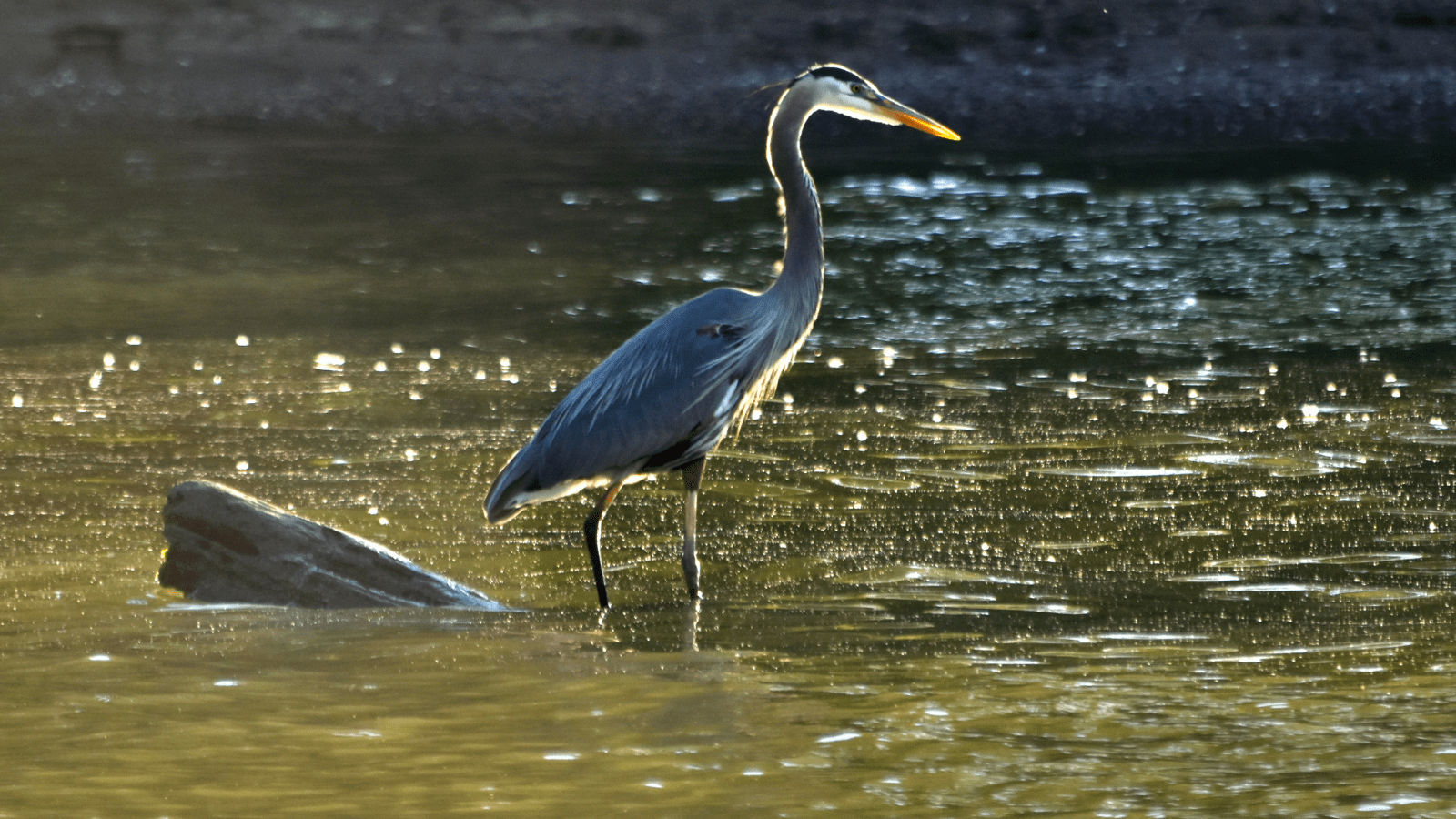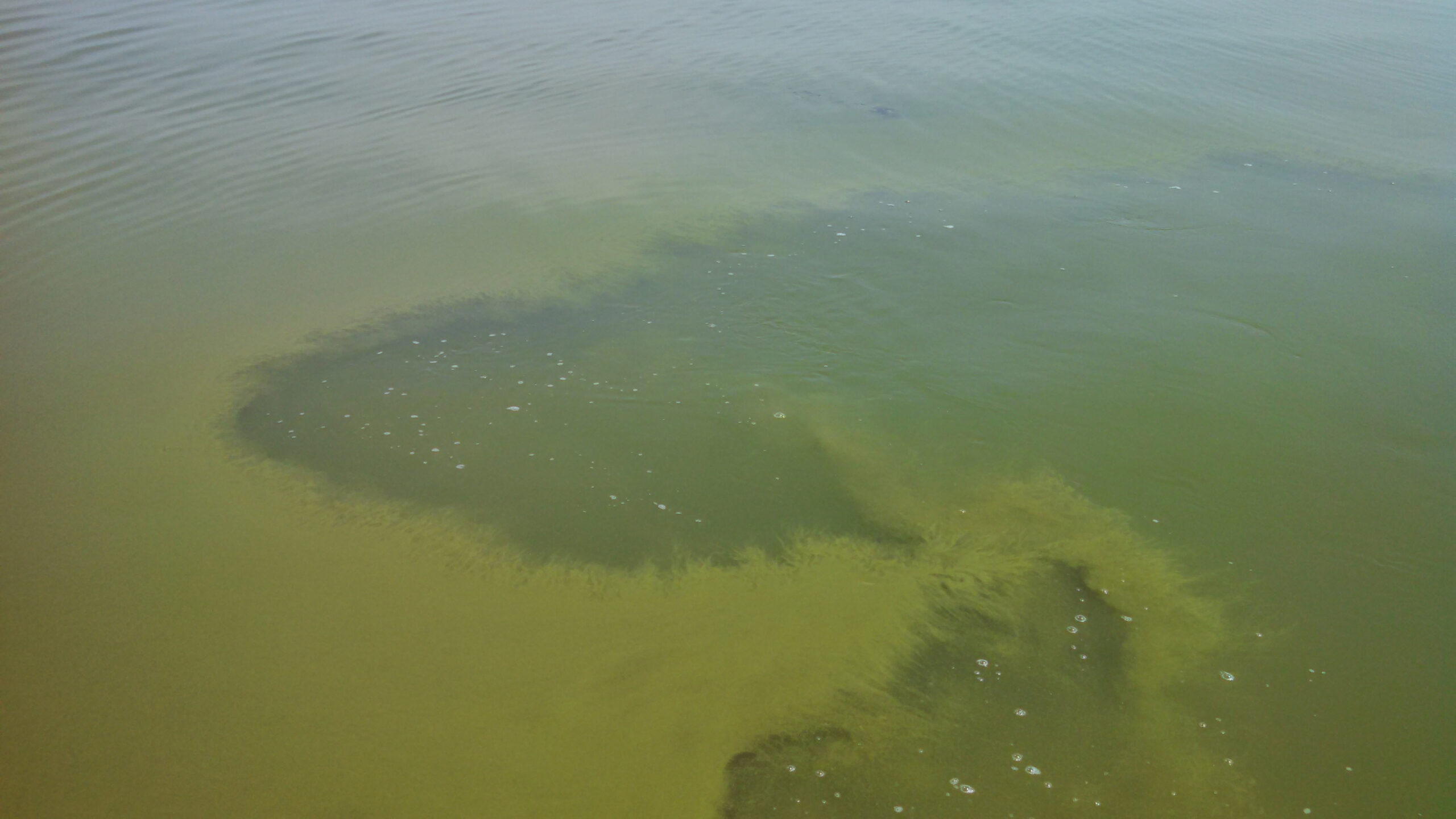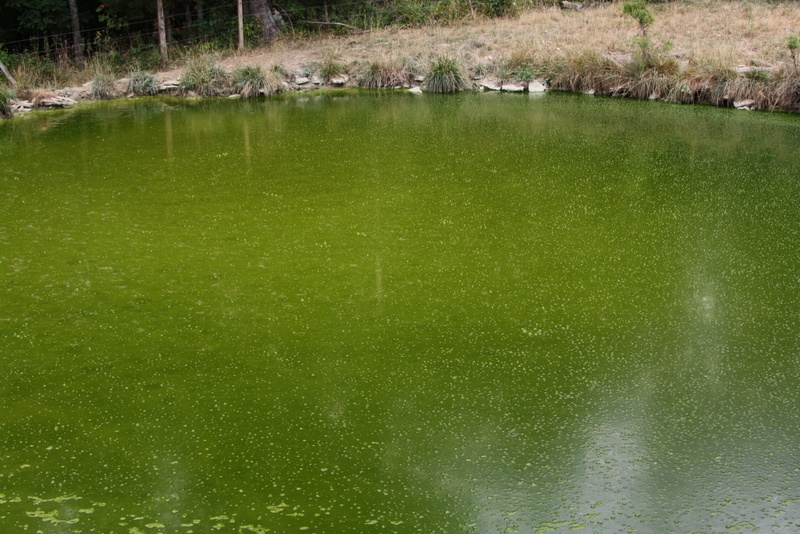We have much more to do and your continued support is needed now more than ever.
There’s Something Simmering in Kentucky (and it’s not your local bourbon distillery)

The Ohio River, which is legally owned by Kentucky and supplies drinking water to almost five million people, is home to over 160 species of fish, and supports countless other wildlife. This ecologically and culturally important river passes through or borders six states, making it a precious resource in need of protection. Over the past few years, however, the Ohio River has been experiencing some pretty yucky effects of environmental and climate changes.
Harmful algal blooms
In 2015 and 2019, Kentucky experienced harmful algal blooms (HABs) on its portion of the Ohio River. The HABs were so intense that recreation advisories and cautionary statements were issued — you weren’t even supposed to let your dog get into the water.
The water was tested for a liver toxin called microcystin, but the results came back negative for both bloom events. Other areas aren’t always so lucky — northwest Ohio residents could not drink water from their taps for three days when Lake Eerie experienced a HAB in 2014.

What’s so harmful about algae you might ask? Isn’t it just some slimy green stuff you find covering ocean rocks or on the sides of a fish tank in need of cleaning? The answer is: yes! That is algae — but it typically becomes harmful when there is an abundance of it in an aquatic ecosystem. A few other factors come into play when determining how algae affects an area, but the amount and type of algae are the biggest ones.
Cyanobacteria, a type of phytoplankton, is not a “true” algae but looks pretty similar and can harm people (and animals!) when it produces the toxin microcystin. Sometimes called blue-green algae, this is what’s mostly found along the Ohio River. Not all cyanobacteria produce toxins (for example, the food supplement spirulina is a cyanobacterium but is nontoxic when food grade), and those that produce don’t always do so.
Unfortunately, many of the conditions that encourage algal growth are becoming more frequent as environmental conditions fluctuate due to climate change.

Phytoplankton growth is increased by factors like more nutrients entering bodies of water from nearby farms, deep ocean upwelling bringing nutrient-rich water to the surface, increases in water temperature, low and slow water flow (such as during a drought), water conditions (clearer water allows more sunlight to enter through the water surface — great conditions for phytoplankton), and overall changes in local ecology. HABs not only threaten public health, but they typically take a toll on aquatic life as well.
In 2018, a HAB in Florida may have caused the death of a whale shark and dozens of other aquatic life — the whale shark tested positive for a neurotoxin made by the algae. On top of HABs wreaking havoc on human and animal health, they tend to temporarily lower the recreational and tourist activity in an area, for obvious reasons. HABs are an eyesore — a bloom could resemble foam, scum, mats, or paint floating on the water’s surface — and public safety or health advisories are sure to drive people away.
The Domino Effect
Of the contributing factors mentioned above, increased nutrients is a pretty big one, considering how many farms lay along the Ohio River (over 250,000!) that release nutrient-dense runoff every time it rains. But things like higher water temperatures and droughts are worsening from the increase in average global temperature, or climate change.
Think of it as a domino effect: the ongoing use of fossil fuels is raising the average global temperature, which increases the risk of more frequent and long-lasting droughts and raises water temperatures, which are factors that contribute to the growth of phytoplankton. In other words, climate change is likely to bring us more frequent, intense, and longer-lasting harmful algal blooms. Kind of a sad set of dominos.

This phenomenon isn’t unlike the way climate change is causing more frequent and intense weather events across the country and the world (also contributing to more HABs — everything is connected). These destructive climate-fueled weather events could be called unnatural disasters because they simply would not be this bad if the climate was stable.
The latest natural disaster to strike Kentucky happened recently: dozens of tornadoes ripped through the southern U.S. and the Ohio Valley, killing about 90 people and causing billions of dollars in damage. While the direct connection between climate change and tornadoes is challenging to make, scientists do know that climate change is creating more of the conditions from which tornadoes form (especially considering warm weather is a key ingredient).
Unless the U.S. takes bold action on climate change, HABs and other events — ranging from moderately inconvenient to highly fatal — will only continue to plague the world. Learn more about unnatural disasters across the U.S. and how they impact humans and wildlife through NWF’s Unnatural Disasters Storymap.





















